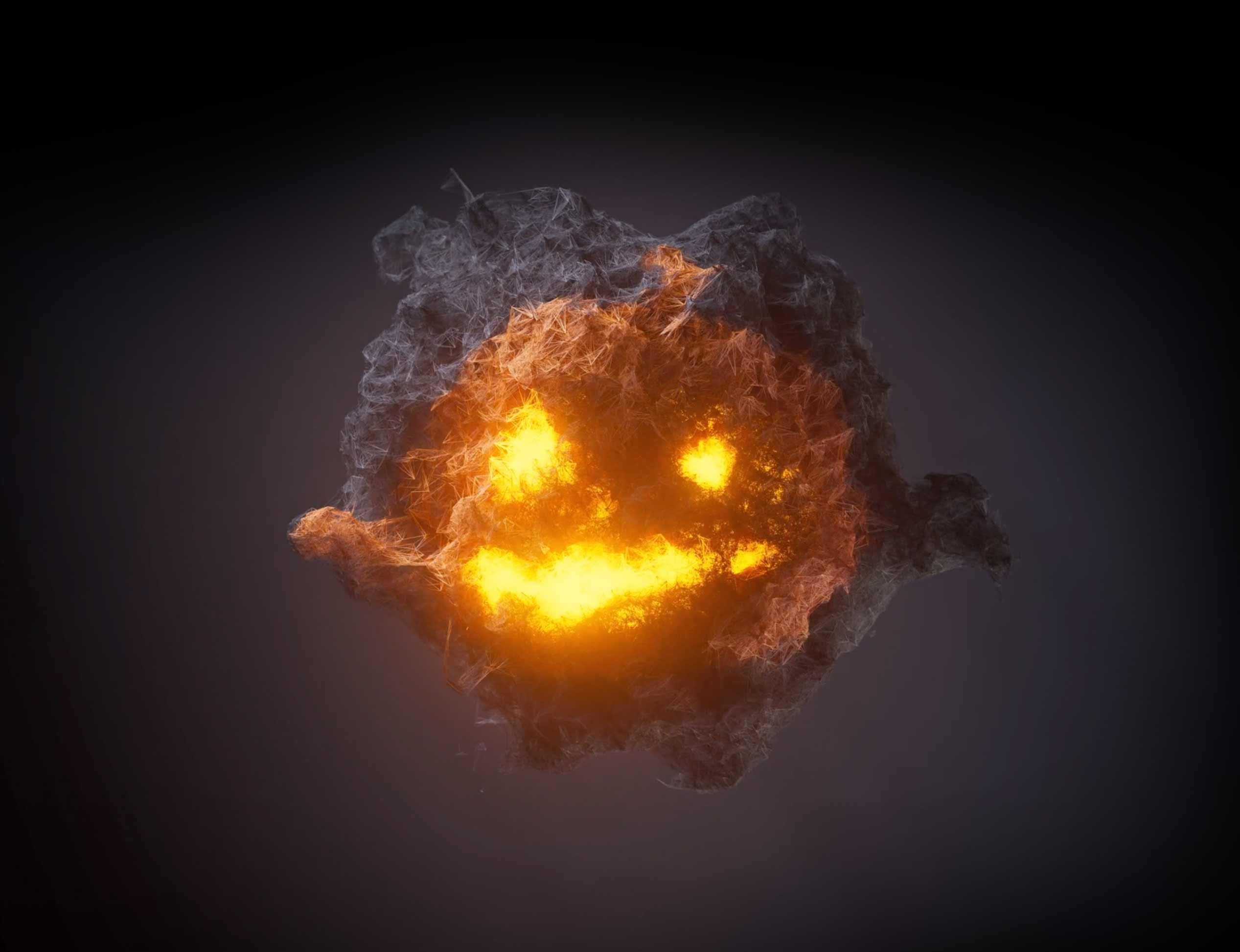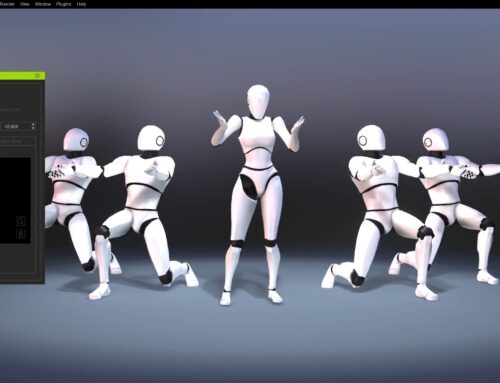Digital Intermediate in VFX


Introduction:
In the dynamic world of visual effects, where every frame is a canvas waiting to be painted, the process of Digital Intermediate (DI) plays a pivotal role in transforming raw footage into a visual masterpiece. This blog delves into the intricate art and science of DI in VFX, exploring its significance, applications, and the transformative impact it has on the final cinematic experience.
Defining Digital Intermediate (DI):
Digital Intermediate refers to the process of digitizing and manipulating film or digital footage during post-production to achieve the desired look and visual style. The DI process encompasses color grading, visual enhancement, and the seamless integration of visual effects, ensuring a cohesive and visually striking final product.
The Evolution of Digital Intermediate in Filmmaking:

Transition from Film to Digital: Historically, DI originated as a solution for incorporating digital effects into traditionally shot films. As the industry transitioned from analog film to digital formats, DI became a comprehensive post-production process for both film and digital cinematography.
Color Grading Revolution: One of the key aspects of DI is color grading, allowing filmmakers to manipulate and enhance colors, contrast, and brightness. This revolutionized the way films are crafted, offering directors and cinematographers unprecedented control over the visual tone and mood of their work.
Applications of Digital Intermediate in VFX:
- Godzilla
- Pexels
- The Amazing Spiderman
Visual Effects Integration: DI plays a crucial role in seamlessly integrating visual effects into live-action footage. By matching the color, tone, and lighting of CGI elements with the original footage, the DI process ensures a cohesive and realistic visual narrative.
Consistency Across Scenes: In films with diverse settings or complex visual effects, DI ensures consistency in color grading and visual style, maintaining a cohesive look across different scenes and environments.
Enhancing Cinematic Aesthetics: Directors leverage DI to enhance the cinematic aesthetics of their films, whether it involves creating a vintage look, stylized color grading, or achieving a specific atmosphere that complements the narrative.
The DI Process in VFX:
Color Grading: The heart of DI lies in color grading, where colorists manipulate the color and tone of each frame to achieve the desired aesthetic. This process involves adjusting contrast, saturation, and brightness, as well as applying specific color palettes.
Visual Effects Integration: DI serves as the bridge between live-action footage and visual effects. Visual effects artists work closely with colorists to ensure that CGI elements seamlessly blend into the live-action scenes, matching lighting conditions and overall visual tone.
Resolution Enhancement: DI allows for resolution enhancement, ensuring that the final output meets the desired quality standards. This is particularly important when integrating high-resolution CGI elements with live-action footage.
Technological Advancements in DI:
Advancements in digital technology have significantly influenced the DI process. From high dynamic range (HDR) imaging to advanced color grading tools, technology continues to enhance the precision and creative possibilities of DI in VFX.
Impact on Filmmaking:
The DI process has had a profound impact on the filmmaking landscape, empowering filmmakers to translate their artistic vision onto the screen with unprecedented precision. It has become an integral part of the filmmaking workflow, allowing for creative experimentation and fine-tuning of visual elements.
Follow our Newsletter on LinkedIn

Iconic Examples:
- “The Lord of the Rings” Trilogy: The DI process played a crucial role in the visual effects integration of CGI characters like Gollum into the live-action footage, ensuring a seamless and immersive experience.
- “Blade Runner 2049” (2017): The film showcases the power of DI in achieving a visually stunning and atmospheric look, with meticulous color grading contributing to the film’s dystopian aesthetic.
Future Trends:
As filmmaking technology continues to advance, the future of DI in VFX holds promises of even greater precision, efficiency, and creative possibilities. From real-time color grading to AI-assisted visual effects integration, the landscape of DI is poised for continuous evolution.
Conclusion:
Digital Intermediate in visual effects represents the intersection of art and technology, where the nuances of color and visual style converge to create cinematic masterpieces. As filmmakers continue to push the boundaries of storytelling and visual aesthetics, the role of DI in VFX remains indispensable, offering a canvas for creative expression and a toolkit for translating imaginative worlds into cinematic reality. The art of DI continues to shape the visual narratives that captivate audiences, leaving an indelible mark on the ever-evolving landscape of filmmaking






